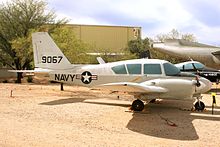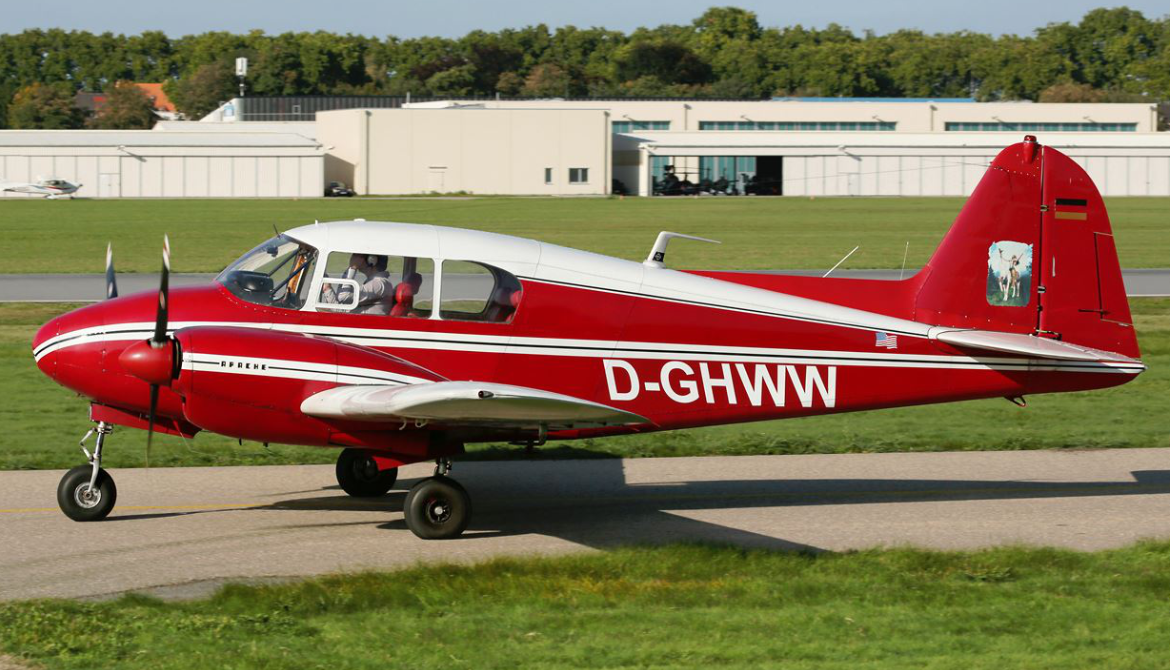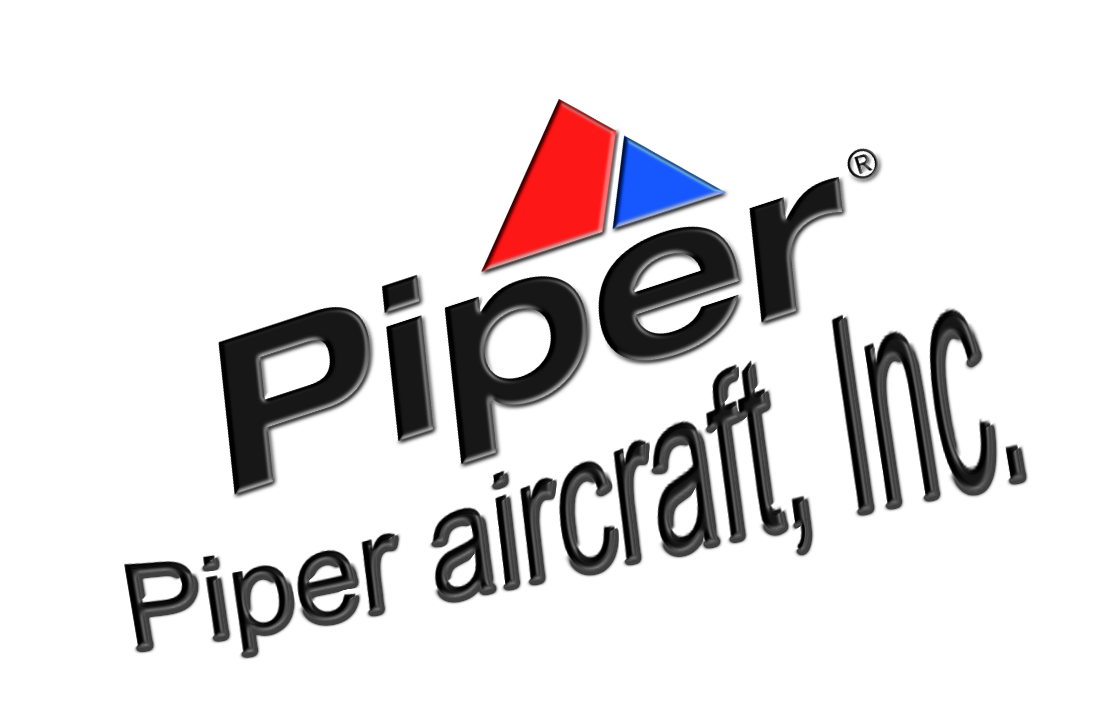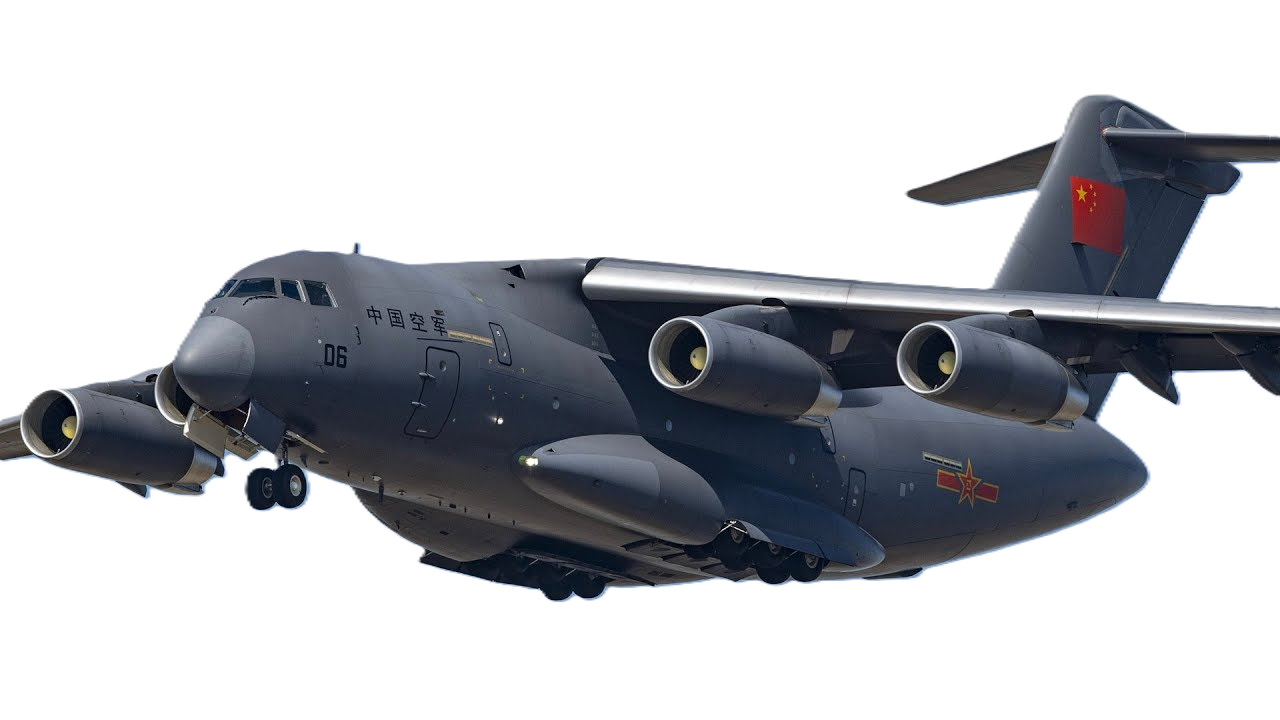Piper aircraft,Inc.
Piper PA-23, Apache
 |
|
| General information | |
|---|---|
| Type | Twin-engined light piston utility |
| Manufacturer | Piper Aircraft |
| Number built | 6,976 |
| History | |
| Manufactured | 1952–1981 |
| Introduction date | 1954 |
| First flight | 2 March 1952 |
|
|
|
|
|---|
.
History Piper aircraft, Inc.
Piper PA-23, named Apache
that was built between 1952 and 1981 by Piper Aircraft.

The Piper PA-23, named Apache and later Aztec, is an American four- to six-seat twin-engined light aircraft aimed at the general aviation market. The United States Navy and military forces in other countries also used it in small numbers. Originally designed as the Twin Stinson in the 1950s by the Stinson Aircraft Company, Piper Aircraft manufactured the Apache and a more powerful version, the Aztec, in the United States from the 1950s to the 1980s.
-
Design and development

PA-23 Apache 235 fitted with the Aztec-style square fin and rudder Apache
(ICAO code: PA23)
Two new prototypes of the redesigned aircraft, now named Apache, were built in 1953 and entered production in 1954; 1,231 were built. In 1958, the Apache 160 was produced by upgrading the engines to 160 hp (119 kW); 816 were built. The Apache 160 was superseded in 1962 by the Aztec-derived Apache 235. With a 1962 price of $45,000, the Apache 235 featured the Aztec's 235 hp (175 kW) engines and swept tail surfaces (119 built).
Aztec
(ICAO code: PA27)
An ex-United States Navy U-11A on display at the Pima Air & Space Museum In 1959, Piper produced an upgraded version with 250 hp (186 kW) Lycoming O-540 engines and a swept vertical tail as the PA-23-250, and named it Aztec. The first models came in a five-seat configuration. In 1961, a longer-nosed variant, the Aztec B, entered production. Later Aztecs were equipped with Lycoming IO-540 fuel-injected engines and six-seat capacity, and remained in production until 1982. Turbocharged versions of the later models could fly at higher altitudes.
The United States Navy acquired 20 Aztecs, designating them UO-1, which changed to U-11A when unified designations were adopted in 1962.
0
KmCeiling
0
KmMAX RANGE
0
Km.hAircraft Speed
0
Max Crew
Photo Gallery
Piper aircraft, Inc. Piper PA-23, named Apache
that was built between 1952 and 1981 by Piper Aircraft.


Piper aircraft, Inc. Piper PA-23, named Apache that was built between 1952 and 1981 by Piper Aircraft.
General characteristics
- Crew: 1
- Capacity: 5 passengers
- Length: 31 ft 2+3⁄4 in (9.519 m)
- Wingspan: 37 ft 2+1⁄2 in (11.341 m)
- Height: 10 ft 4 in (3.15 m)
-
Powerplant
- Empty weight: (1,442 kg)
- Max takeoff weight: (2,359 kg)
- Fuel capacity: 140 US gal (120 imp gal; 530 L) usable fuel (normal), optional extra tanks with 40 US gal (33 imp gal; 150 L)
- Powerplant: 2 × Lycoming IO-540-C4B5 normally aspirated air-cooled flat-six piston engines, 250 hp (190 kW) each
Specifications
- Maximum speed: (346 km/h,)
- Cruise speed: 172 mph (277 km/h, 149 kn) at 10,200 ft (3,100 m) (long-range cruise)
- Stall speed: (109 km/h, (flaps down)
- Never exceed speed: (446 km/h,)
- Range: 1,519 mi (2,445 km, 1,320 nmi) at long-range cruise
- Service ceiling:(5,780 m) (ceiling)
Aircraft of comparable role
Links to Youtube & Others
The United States Navy acquired 20 Aztecs, designating them UO-1, which changed to U-11A when unified designations were adopted in 1962.
Piper aircraft, Inc.
Piper PA-23, Apache
The PA-23 was the first twin-engined Piper aircraft, and was developed from a proposed "Twin Stinson" design,
Youtube Link
The Piper PA-23, named Apache and later Aztec, is an American four- to six-seat twin-engined light aircraft aimed at the general aviation market..











.png)


.png)